Researchers have developed a new method that harnesses the power of augmented reality to detect a patient's heart rate using a Microsoft HoloLens and computer vision.
Developed by Dr. Christophe Hurter, a professor at French Civil Aviation University, and Microsoft researchers Daniel McDuff and Mar Gonzalez Franco, Cardiolens uses the HoloLen's camera to capture signals invisible to the unaided eye to visualize the blood flow and vital signs of multiple subjects.
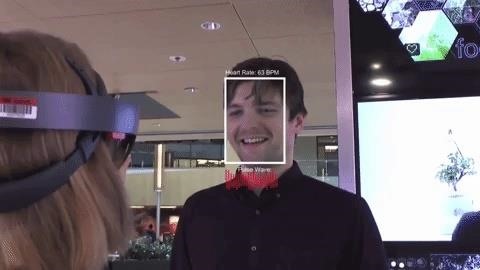
Newer methods of measuring heart rates, namely ballistocardiography and photoplethysmography, which initiate vital sign detection via accelerometers (such as the sensors in smartphones and headsets that measure gravity and velocity) or IR (infrared light) camera, respectively, are already poised to replace traditional cardiography, which require contact sensors.
This new system gives medical professionals the means to capture the signals of these aforementioned newer methods and view the heart rate and its variability in real time via head-mounted display. The accelerometer of the HoloLens detects the user's own heart rate via head movements, which indicates the ejection of blood at each heart cycle (ballistocardiography).
To ascertain the heart rate of those in the user's field of view, computer vision software developed by the research team uses the camera of the HoloLens to identify the subject's face, and then filters the camera feed for red, green, and blue colors, which form time-varying signals. With machine learning and digital signal processing, the system is able to identify the pulse from the signals that indicate changes in blood volume from the microvascular layer of the skin.

Microsoft, along with other software developers and medical professionals, is finding more healthcare uses for the HoloLens than any other head-mounted augmented reality display currently available. Previously, we've seen the HoloLens used to assist in surgery, and facilitate training on the human anatomy, among other uses.
With this latest innovation, those little pads that doctors stick on you to measure your heart rate could eventually be as obsolete as leeches.
Just updated your iPhone? You'll find new features for Podcasts, News, Books, and TV, as well as important security improvements and fresh wallpapers. Find out what's new and changed on your iPhone with the iOS 17.5 update.
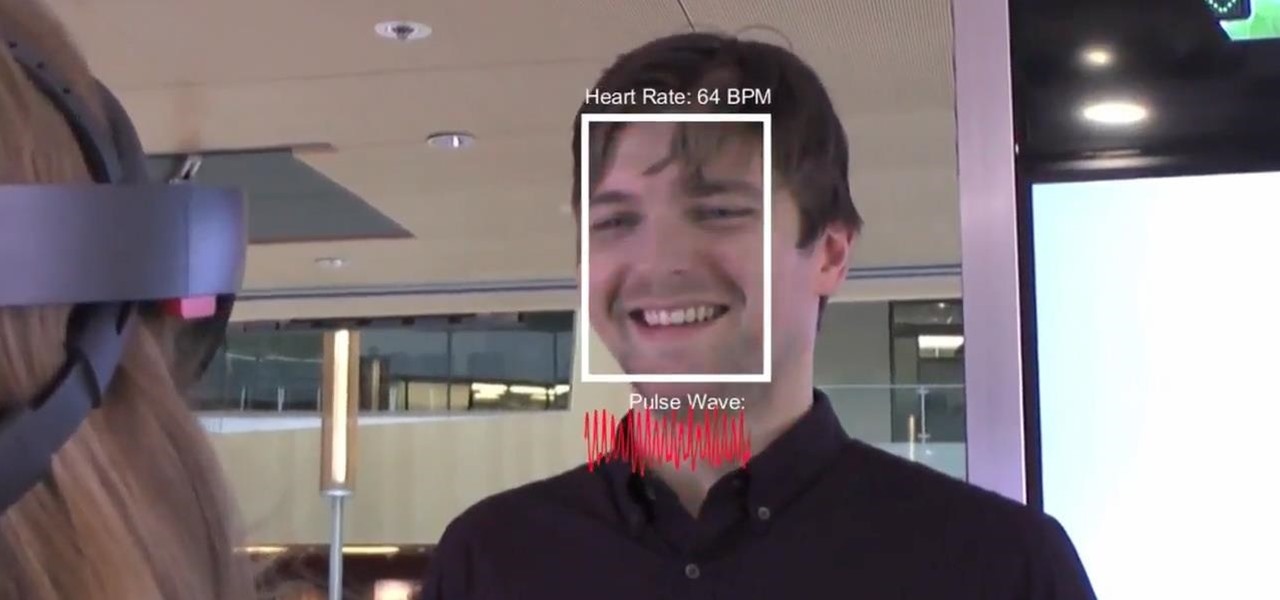

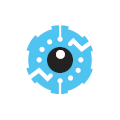
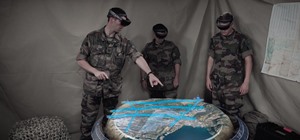

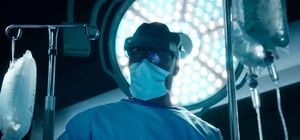
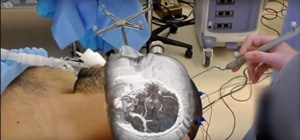


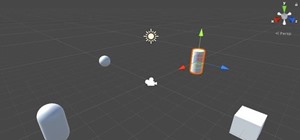

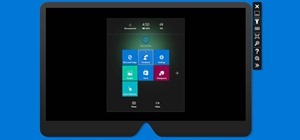
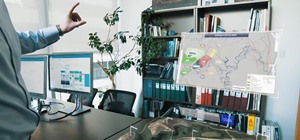

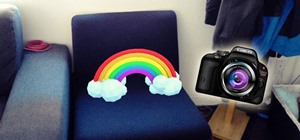

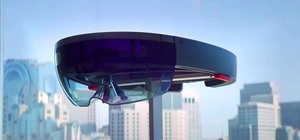
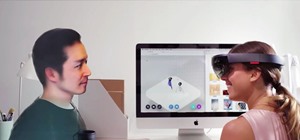

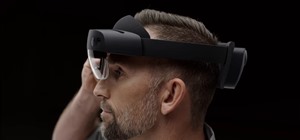
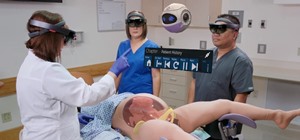
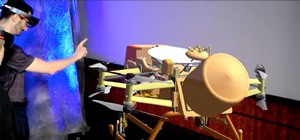
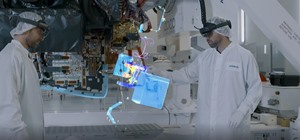
Be the First to Comment
Share Your Thoughts